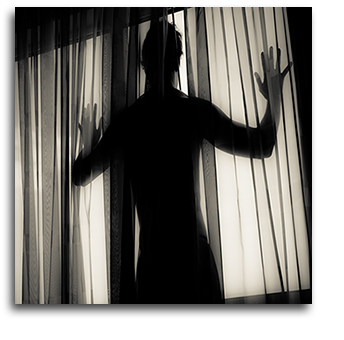
As each photograph is a unique expression of the subject, the photographer should be able to capture that uniqueness. To help enable achieve this, the photographer must combine a variety of factors. One of these factors is body language or Non-verbal communication. Non-verbal communication is a powerful concept that is often overlooked.
Body language is defined as bodily mannerisms, postures and facial expressions which are unconsciously communicated by a person. Oxford English Dictionary (2005) defines it as “the conscious and unconscious movements and postures by which attitudes and feelings are communicated.” They are usually expression of their feelings or psychological state of mind. The ability to portray a person in their most natural state is a vital contribution to a perfect portrait and goes together with the appropriate posing techniques.
Body languages are the non-verbal signs or signals that are used largely in our daily lives. They range from our facial expressions to body movements and more often than not convey accurate subtle information than verbal communication. On the average, body languages compose about 65-70 percent of all communication. In photography, non-verbal communication account to 100-percent as there is no actual verbal communication involved between the subject and the viewer. On many occasions, simply by looking at the photos, we form a strong perception about it even before we get know the story behind the picture itself.
A solid understanding of the meaning of non-verbal-communication can enhance or diminish the effects of the pose and the personality conveyed by the subject. It can create the “feel factor” of the photograph. A simple change in body signals can change the over expression of the subject. However, it should be noted that the same non-vernal signal can mean differently depending on the viewer and on the context it was used.
In reading body signal, the first aim is to determine the level of comfort of the subject. The more comfortable the subject is, the more natural the subject will be in expressing body languages. There are a number of ways to determine the level of comfort and can generally be classified as positive or negative. Non-spoken communication signals encompasses a broad range of various inter-dependent factors. Of these factors the most which benefit photography are identified as expressive body language.
A clear understanding of non-verbal communication can be helpful in comprehending ourselves and our subject. It can also aid us in composing and conveying the message we want with our photos. A simple variation in the non-verbal cues can affect the bigger picture therefore it is important to know how the simplest of non-verbal signals can either enhance or diminish the overall effects of the pose made by the subject. Understanding body language requires the interpretation of a number of constant signals to indicate a particular expression. There is no right or wrong answer; it all depends on individual interpretation on the various combinations of body languages used. Non-spoken communication is relevant where verbal communication is not possible and where physical observation is the main mode of expression.
Proudly WWW.PONIREVO.COM
Source by Michael Duque



